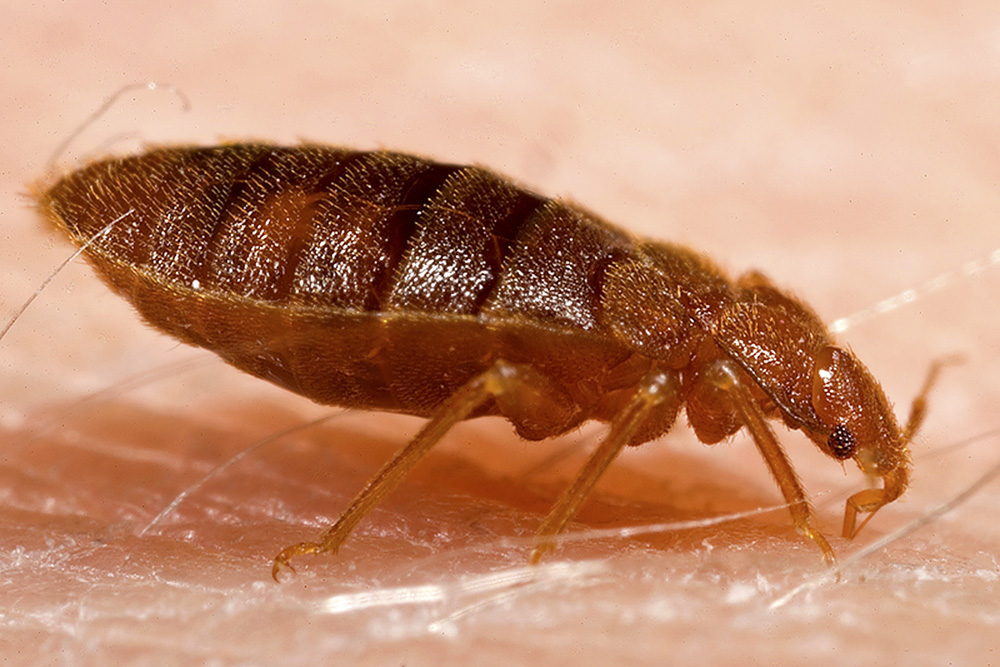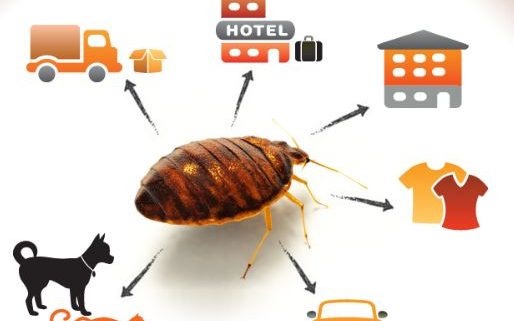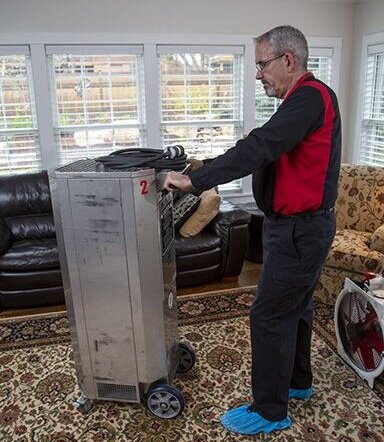Kinds Of Bug Control: Which Technique Is Right for Your Infestation?
When confronted with an insect problem, the choice of a proper method for insect control is critical in efficiently handling the scenario. From chemical therapies to biological options, there exists a range of approaches that can be utilized to address different kinds of pests. Each technique features its very own collection of factors to consider and benefits, making the decision-making process a nuanced one. Understanding the subtleties of each approach and examining their compatibility with the details pest invasion available is important for attaining long-term success in pest management. By checking out the various kinds of bug control approaches available, individuals can make informed decisions tailored to their special conditions, guaranteeing a much more reliable and lasting outcome in pest removal.
Chemical Pest Control
Chemical pest control involves the use of synthetic or normally acquired chemicals to handle and eliminate pest populations properly. This method is commonly made use of in farming, forestry, and domestic settings to fight a vast array of pests, consisting of insects, weeds, and rats. Making use of chemical pesticides can supply quick and targeted solutions to pest infestations, making it a preferred option for many people and companies.
One of the key benefits of chemical insect control is its capacity to quickly eliminate pests, reducing the danger of damage to plants, building, and human health and wellness. By utilizing particular chemicals that target certain insects, this approach can efficiently regulate invasions while minimizing injury to helpful organisms and the atmosphere when used correctly.
However, the use of chemical pest control additionally raises worries concerning possible damaging effects on non-target types, water sources, and human wellness. It is essential to adhere to security guidelines, use chemicals sensibly, and think about different bug control techniques to decrease these risks and make sure sustainable insect monitoring practices.
Biological Bug Control
Biological bug control, additionally referred to as biocontrol, utilizes living organisms to handle and reduce parasite populations naturally. This method utilizes the power of nature to regulate pests without the need for synthetic chemicals. Biocontrol can include the intro of all-natural enemies of the bug types, such as bloodsuckers, virus, or killers, to subdue pest populations. By utilizing the insect's natural predators or virus, biological pest control provides a eco-friendly and sustainable solution to pest management.

Mechanical Pest Control
Making use of manual and physical techniques to take care of pest populaces, mechanical insect control uses an alternative technique that does not depend on making use of living microorganisms or synthetic chemicals. This method involves making use of barriers, traps, or various other tools to literally deter or eliminate insects. By obstructing pest entry points or establishing traps to catch them, mechanical insect control can successfully reduce invasions without presenting chemicals into the atmosphere.
One typical example of mechanical pest control is using mesh screens on windows and doors to avoid insects from entering buildings. This basic yet reliable technique works as a physical obstacle, keeping insects out while permitting for correct air flow. Furthermore, gadgets like mousetraps, fly swatters, and ultrasonic repellents fall under the mechanical pest control group.
While mechanical pest control methods can be labor-intensive and require normal surveillance and upkeep, they use a eco pleasant and sustainable solution for managing parasite problems. By incorporating various mechanical methods, residential or commercial property owners can develop a detailed parasite control strategy that reduces reliance on chemical pesticides.
Physical Parasite Control

Some typical physical bug my explanation control approaches consist of making use of barriers such as screens or internet to avoid insect entrance, traps to catch and eliminate insects, and hand-picking to literally eliminate parasites from plants or frameworks. Additionally, strategies like warm therapies can be made use of to regulate pests like bed pests by increasing the temperature level to levels that are dangerous to the bugs.
Physical parasite control is specifically beneficial in incorporated parasite management (IPM) methods, where numerous bug control approaches are incorporated for effective pest administration while minimizing making use of chemicals. By making use of physical pest control strategies, people can properly resolve bug problems with marginal environmental impact.
Integrated Parasite Administration
When executing physical parasite control methods as component of pest management approaches, Integrated Parasite Monitoring (IPM) emerges as a detailed strategy that leverages various methods to reference efficiently control pest populations. IPM focuses on lasting prevention of pests with a combination of organic, social, physical, and chemical tools tailored to certain parasite concerns. By integrating several control methods, IPM intends to lessen the risks connected with parasites while also reducing dependence on chemical services.
One secret element of IPM is the focus on monitoring and assessing pest populations to figure out one of the most appropriate control methods. This aggressive strategy enables very early intervention and targeted approaches, leading to a lot more reliable insect monitoring. Additionally, IPM promotes eco-friendly practices by focusing on non-chemical control methods and just making use of chemicals as a last resource.
Final Thought

By using the pest's natural killers or microorganisms, organic parasite control provides a environmentally friendly and sustainable remedy to pest monitoring. - Kings pest control cincinnati oh
Utilizing physical and hands-on approaches to manage parasite populations, mechanical insect control offers an alternative approach that does not count on the use of living microorganisms or artificial chemicals.A reliable method to taking care of pest populaces without relying on chemical or organic techniques involves the usage of physical parasite control methods.When carrying out physical insect control approaches as component of insect management techniques, Integrated Pest Monitoring (IPM) arises as an extensive strategy that leverages different methods to effectively manage pest populaces. Chemical insect control entails the usage of chemicals, biological bug control makes use of natural predators, mechanical bug control entails physical barriers, physical parasite control includes capturing or removing bugs, and incorporated insect monitoring integrates numerous methods for an all natural strategy to pest control.